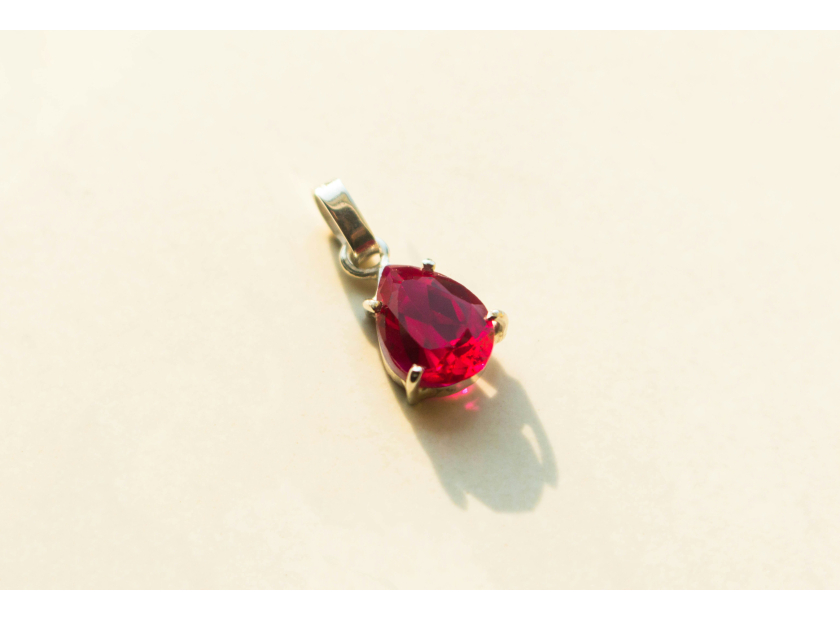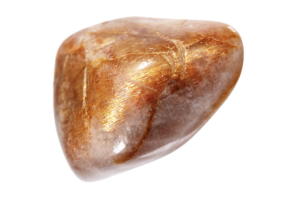USD
/
USD
/
Shipping to:
Currency:
How to Spot a Fake Ruby: Expert Tips to Identify Real Gemstones
Rubies have long been admired for their deep, captivating red hues and are often considered symbols of passion and wealth.
However, the market is full of imitations and synthetic versions that can easily fool even the most discerning buyers.
Knowing how to tell a real ruby from a fake is crucial for anyone investing in this stunning gemstone.
Understanding Genuine Rubies
A natural ruby is a variety of the mineral corundum, known for its rich red color, which is primarily due to the presence of chromium.
The most sought-after shade is often called "pigeon’s blood" red—a vivid, pure red with a hint of blue.
When evaluating a ruby, gemologists use the "Four Cs": color, clarity, cut, and carat weight.
Among these, color is the most important factor in determining a ruby’s value.
If you're exploring colorful stones, check out our collection of gemstone engagement rings for ethically sourced options.
Common Imitations and Treatments
The jewelry market includes a variety of ruby look-alikes and treatments used to enhance lower-quality stones.
Synthetic Rubies: Created in laboratories, synthetic rubies have the same chemical composition as natural ones but lack the natural inclusions formed over millions of years.
For a deep dive into synthetic stones versus natural gems, check out this guide on lab-grown diamonds vs gemstones.
Glass-Filled Rubies: These are real rubies that have been filled with lead glass to improve clarity. While they may look better, they're less durable and much less valuable.
Imitation Stones: Red spinel, garnet, and colored glass are commonly passed off as rubies. While they may look similar, their physical and chemical properties are very different.
You can also explore natural alternatives by browsing our gemstone rings, available in a wide range of styles and colors.
At-Home Methods to Identify Fake Rubies
While a professional evaluation is always best, there are a few simple tests you can try at home.
Visual Inspection: Look at the stone under natural light. Genuine rubies typically have a consistent, rich red color. If the color looks too bright or uneven, it might be fake or treated.
Inclusions Check: Use a jeweler's loupe to inspect the stone. Real rubies often contain tiny inclusions or “silk” (fine needle-like lines). If you see gas bubbles, it's likely a glass imitation.
UV Light Test: Many real rubies fluoresce under UV light, glowing red or orange-red. That said, some synthetic rubies can glow too, so this test isn't always reliable.
The Importance of Professional Evaluation
Because fakes and synthetics have become so convincing, seeing a certified gemologist is the safest way to confirm a ruby’s authenticity.
They use specialized tools like spectroscopy and refractive index measurements to get accurate results.
Want to learn how rubies form? Check out this article on how gemstones and diamonds are formed.
Red Flags When Purchasing Rubies
Keep an eye out for these warning signs when buying a ruby.
Too-Good-To-Be-True Prices: High-quality rubies are rare and expensive. If the deal seems unbelievable, it probably is.
No Certification: Reputable sellers provide certificates from trusted gemological labs. If a seller can’t provide one, walk away.
Vague Descriptions: Phrases like "created ruby," "simulated ruby," or "lab-grown" are clear signs the stone isn't natural.
Looking for something a bit different? Explore our non-traditional engagement rings for one-of-a-kind styles.
Tips for Confident Ruby Purchases
Here’s how to shop smart when buying a ruby:
Ask Questions: Ask about the ruby’s origin, treatments, and whether it’s certified by a gem lab.
Buy from Reputable Jewelers: Stick with trusted retailers who offer clear return policies and detailed product information.
Understand Treatments: Know what treatments affect value and care. Some enhancements are accepted in the industry, others are not.
For timeless options for special occasions, check out our collection of diamond wedding rings.
Frequently Asked Questions
Can you tell if a ruby is real just by looking at it?
Sometimes. Natural rubies may show inclusions and a consistent, rich red hue. But without tools, it’s hard to be sure.
Do real rubies glow under UV light?
Many do. They often emit a red or orange-red glow due to the chromium inside. But synthetic rubies can glow too, so this test alone isn’t reliable.
Is the scratch test a good idea?
Not really. While rubies are hard (9 on the Mohs scale), scratch tests can damage both the ruby and whatever you’re using. And some fakes are nearly as hard.
Why do some rubies look clearer than others?
That usually comes down to treatments. Heat and glass filling can improve clarity, but they also affect the stone’s value and durability.








